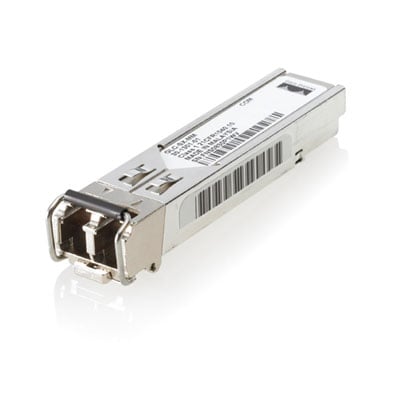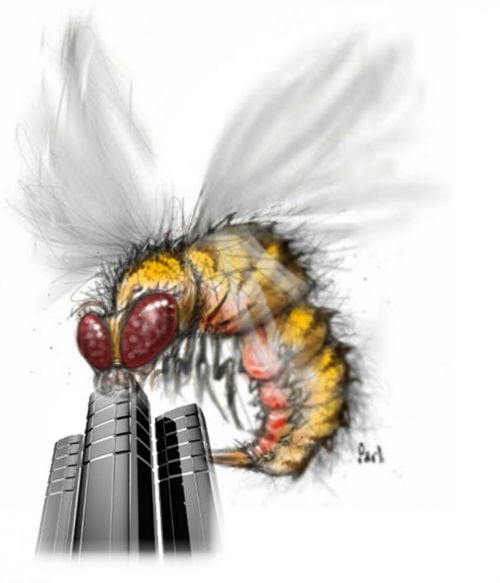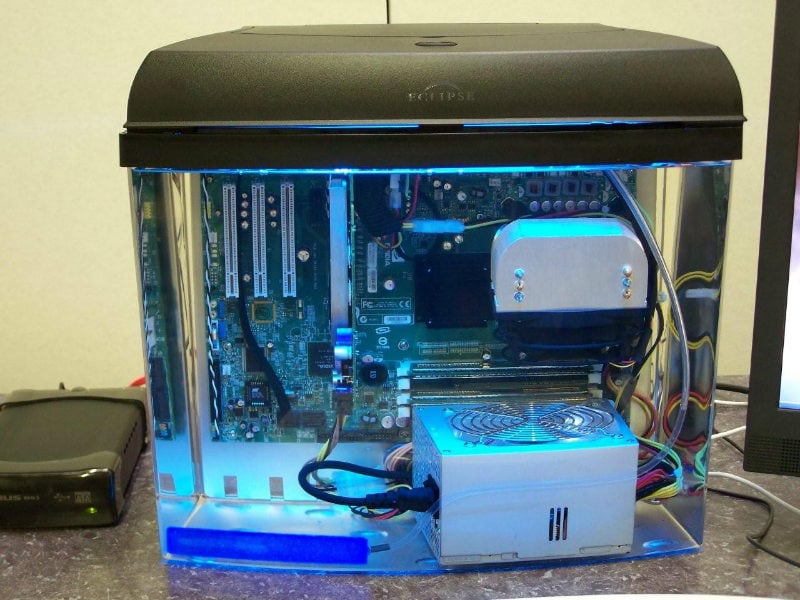
Right Transceivers Help Administrators Better Network Reliability
March 21, 2012
Dealing with Server Crashes: The Hunger Games Survival Guide
March 27, 2012Ever tried submerging a dedicated server underwater? Well without the right technology you will be left with a dozen fish fillets and one expensive paperweight.
We are all aware that water and electronics is a dangerous combination but a new technology is set to change that perception.
CGGVeritas, a world leader in geophysical equipment technology, has teamed up with Supermicro and Green Revolution Cooling to create a cluster of high performance servers submerge in a dielectric liquid solution. Using the CarnotJet cooling rack from Green Revolution, the cluster consists of 24 server racks surrounded by 250 gallons of cooling liquid. The dielectric fluid keeps the dedicated server cool while a heat exchanger and water loop system maintain the temperature of the liquid. This allows the server to operate at a energy efficient 25 kilowatts per rack with a PUE of 1.12. Thanks to the CarnotJet rack unique ability to submerge a server in liquid, the amount of power to cool down a server was drastically reduced. This allows the server to run at higher temperature and improve its overall energy efficiency.
CGGVeritas has the largest submerged high performance cluster to date in order to supply the processing power necessary for its fuel finding activities. The company depends on seismic survey of underground areas in order to locate the location of gas and oil deposit. The high-performance server cluster uses Supermicro accelerated dual GPUs in order for a detailed analysis of underground areas. The accelerated GPU technology was developed for submersion in cooling liquid and high performance computing power. The aquatic ability allows Supermicro to push the limits of their GPUs while cutting the amount of energy needed to cool the server.
There has been a consistent trend of finding new cooling alternatives for data centers to improve the overall PUE of the facility. Submerging a server in a specially designed liquid is certainly thinking outside the box. Will it become a common practice in the future for data centers or will we maintain the standard of directing air flow?


